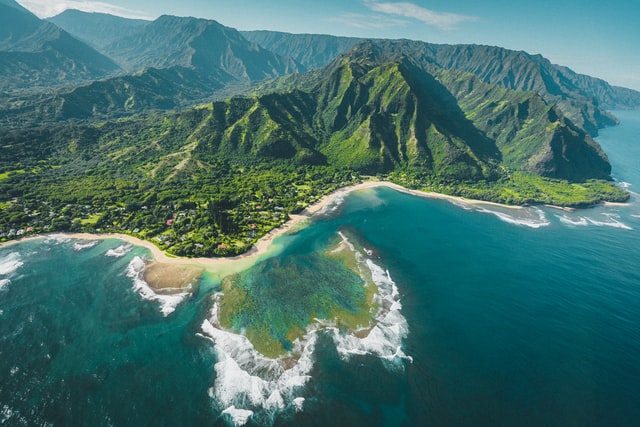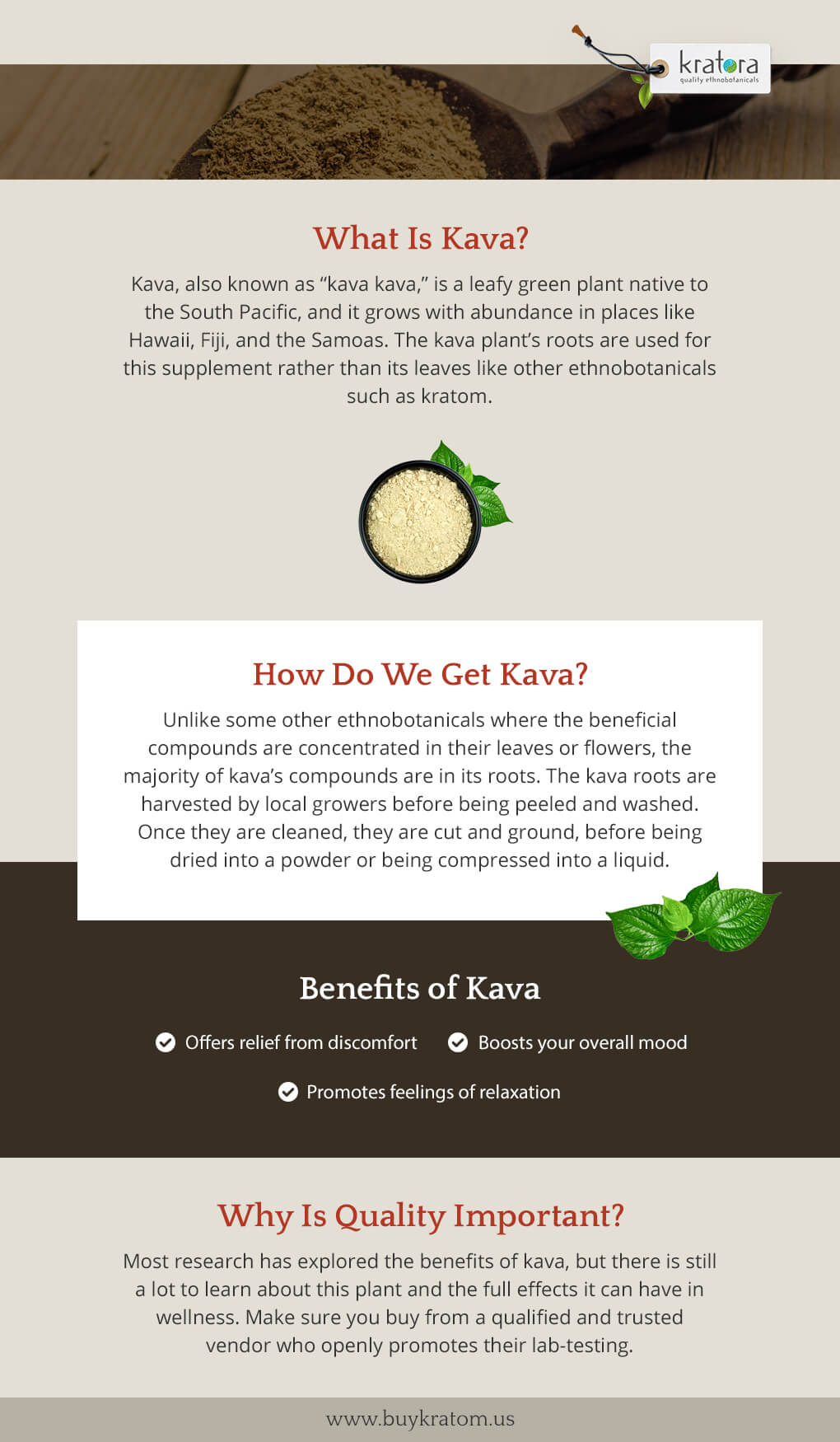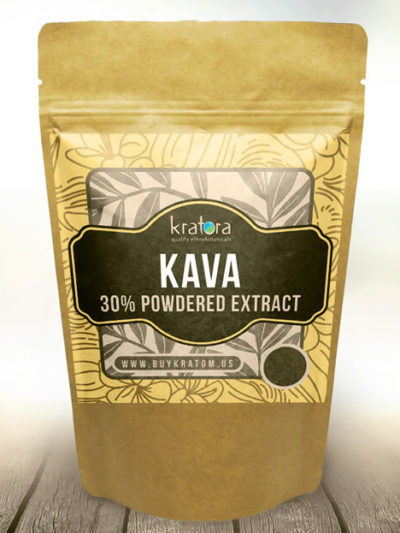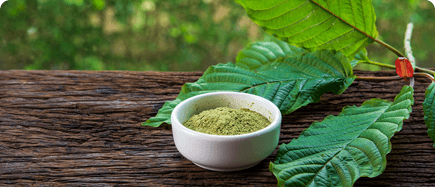More and more these days, the old ways are resurfacing and becoming the new trends. Across the globe, we’re seeing a resurgence of traditional uses for ethnobotanicals, due to scientific research emerging and confirming the wisdom of ancient times. This has led to an increase in interest in the kava plant as well as the benefits of kava for your health.
The Piper methysticum plant— also known as “kava kava” or simply “kava” has become one of the most commonly searched medicinal plants and herbs in recent times.
For generations, South Pacific tribes took advantage of the positive effects of kava, especially in regards to its relaxing and euphoric properties. Now, with science on our side, we can freshly delve into the preparation, properties, and, most importantly, the benefits of kava as we understand them today.
What Is Kava?
Kava is native to the South Pacific, and it grows with abundance in places like Hawaii, Fiji, and the Samoas. Like much of the vegetation in such locations, it is a leafy green plant that prefers the loose, moist, rich soil of the jungle to, say, the hot sand of Phoenix.
The botanical name of kava, Piper methysticum, is Latin for “intoxicating pepper,” as it comes from the same family as other pepper plants and vines. Unlike kratom powder, it is not the leaves of the plant that are picked, but the root which is harvested. The root is then peeled, washed, cut, ground, and then either dried into a powder or strained into a liquid.
Thanks to modern research, we know that the benefits of kava root come from over a dozen kinds of kavalactones, which are a subset of bioactive alkaloids.
For those of us who are NOT experts in biochemistry, “bioactive” means having an effect on a living organism. “Alkaloids” are nitrogen-based organic compounds that occur naturally in plants and animals. And “kavalactones” were named after the kava root — not the other way around. The name “kava” actually comes from the Polynesian word “awa” which means bitter.
What Are The Benefits of Kava?
Kava (Piper methysticum) is a traditional plant native to the Pacific Islands, where it has been used for centuries in ceremonial, social, and relaxation practices. Made from the root of the kava plant, this herbal beverage is often enjoyed in community gatherings and cultural rituals.
Commonly Reported Benefits of Kava
While scientific research on kava is ongoing, many users report the following experiences when consuming traditional kava beverages:
- Promotes Relaxation – Kava is widely known for its calming properties, making it a popular choice for unwinding after a long day.
- Supports a Sense of Well-Being – Many kava enthusiasts describe a feeling of inner balance and contentment after drinking kava.
- Social Enjoyment – Traditionally used in Pacific Island ceremonies and gatherings, kava is often consumed in group settings to encourage conversation and connection.
How Kava Works
The effects of kava come from naturally occurring compounds called kavalactones, which interact with neurotransmitter activity in the brain. These active compounds are believed to be responsible for kava’s well-known calming and mood-enhancing properties.
What To Expect From Kava
Although much of the experiential data is anecdotal, new studies are showing a number of benefits associated with kava. While there are certain factors to consider, such as the biodiversity of the plant, this research is very encouraging in regards to the potential kava holds as a natural remedy to certain ailments.
The primary benefits of kava may include:
Relief
The aforementioned kavalactones work on the body’s central nervous system, and kava effects are said to include muscular relaxation, in addition to temporary relief from discomfort.
Mood Boost
Studies have shown correlations between kava and mental relaxation as well. Certain kavalactones are thought to calm neurons in the brain, which not only decrease feelings of stress, but can also boost your mood.
Relaxation
Bearing in mind that the research devoted to the connection between kava and sleep is limited, there is some evidence to suggest that kava may help relax the body in preparation for sleep. It is believed that this effect comes as a result of a specific type of kavalactone, called kevain.
Is Kava Safe?
Most research has explored the benefits of kava. Unfortunately, there is still a lot to learn about this plant and the full effects it can have in human wellness. Since the ethnobotanical industry is still unregulated, there are things to be on the lookout for when shopping for kava.
Not all vendors have foundations of high-quality like Kratora, so it’s important to research the vendors you’re working with. Vendors should proudly highlight the tests they do on their products and offer you information about where and how their products are harvested. If you have questions about any ethnobotanicals, reach out to the team for more information on the benefits of kava kava.
Kava 30% Powdered Extract
From $10.99
Shop Now
This product has multiple variants. The options may be chosen on the product page
The Importance Of Information and Quality
The best thing to do in the meantime is to do your homework, stay informed, and keep up-to-date on the latest science and developments surrounding kava kava’s effects. Fortunately, our blog is aimed at providing just such recent and relevant information.
If you’d like to find out for yourself about the benefits of kava, why kava was so rooted in the traditions and ceremonies of indigenous cultures, make sure that you choose a vendor you can trust. At Kratora, we’ve worked tirelessly for nearly a decade to ensure the premium quality of our natural products. Try our Kava 30% Powdered Extract, shipped same-day right to your door if you order before 3pm ET, Monday-Friday, or before 1pm ET on Saturdays.
Shop our wide collection of organic kratom, kanna, and other ethnobotanicals today!
Want to learn more about kratom quality and value? Start here:
Why Buying Cheap Kratom Can Be Dangerous





